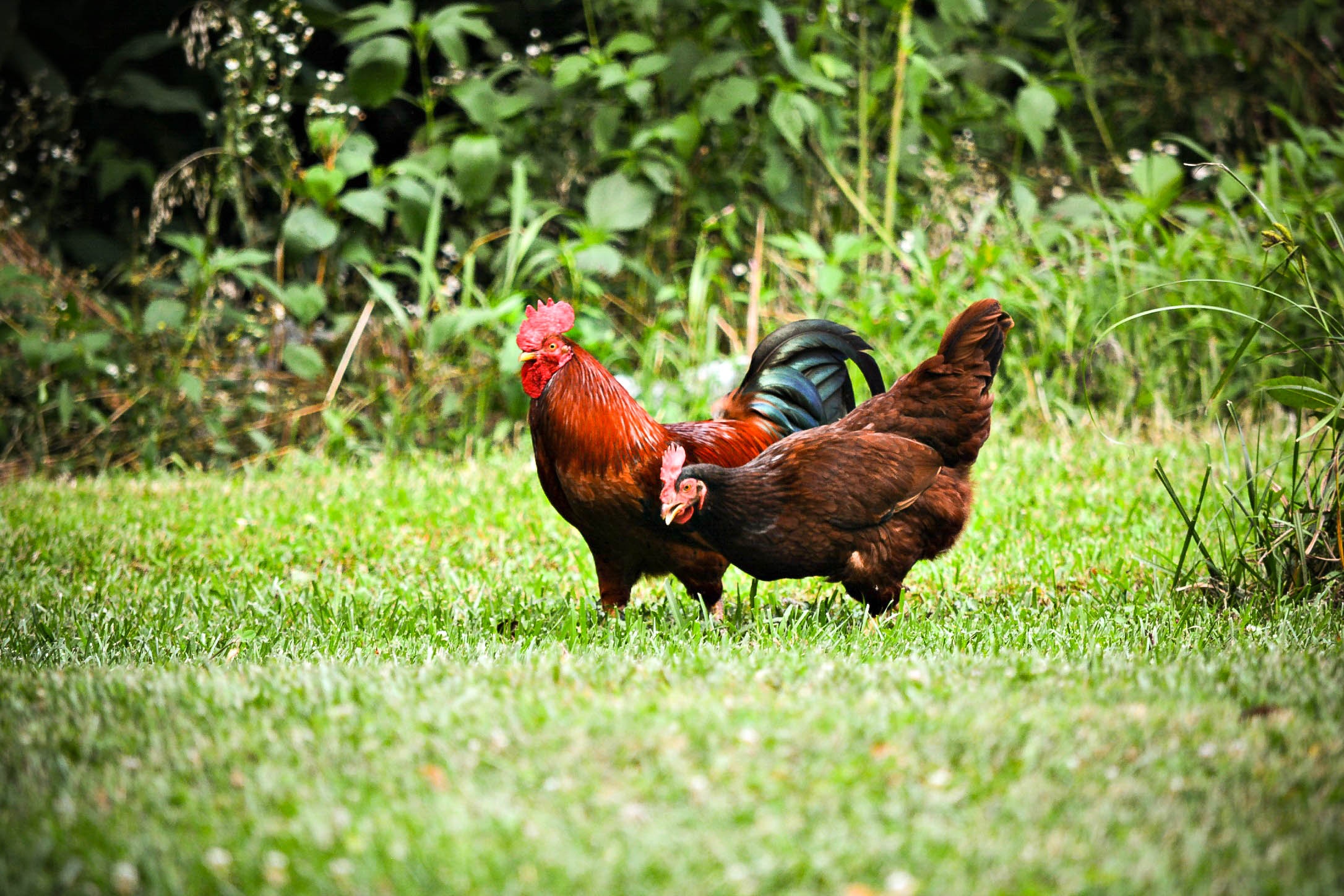Ways to Save Money on Your Chicken Feed Bill
While rewarding in various ways, raising chickens can get expensive for feed, especially if you have and continue to grow a large flock. Commercial and fermented feeds can become a steep recurring expense, and the costs continue to rise for backyard farmers and homesteaders. Luckily, with some innovative strategies, you can reduce the costs while maintaining a healthy, nutritious diet for your chickens. Learning how to save money on your chicken feed bill is amazing!
Adopt a resourceful approach. Align your strategies with sustainable, eco-friendly farming practices to supplement or replace traditional chicken feeds. Every step toward self-sufficiency can significantly cut costs, from growing your grains to letting your chickens forage for an oomph of nutritional value.
Read on to learn more!
Sustainable Living: Grow Your Chicken Feed
Growing chicken feed is an inexpensive method for sustainable living. It gives you complete control over the quality and nutrition of your chickens’ diet, and many feed options can be grown alongside other vegetables and fruits in your garden.
For instance, corn is more straightforward to grow than you may think. It provides optimal carbohydrates to keep chickens energized and healthy, and you can process and store it for 2-3 years in a cool, dry place. You can grow several kinds of corn like sweet corn, which has a shelf life of 4 to 5 years as long as it remains crisp, and no mold is visible.
Another example is oats, a simple crop that chickens love. Oats provide essential fiber. You could also grow sunflowers. They are packed with fat and protein to keep chickens healthy, robust, and active. Plus, sunflowers are visually appealing additions to your garden.
Growing chicken feed in your garden means fewer trips to the grocery store, reducing your reliance on store-bought products, and contributing to a more self-sufficient homestead. This method also offers significant savings.
Supplement with Kitchen Scraps and Garden Waste
Peeling potatoes? Coring apples? Getting rid of the rings from melons? Your kitchen is a goldmine for free chicken feed. Chickens love table scraps and feeding them leftovers can help reduce food waste while reducing commercial chicken feed costs. Scraps like carrots and cucumbers, cooked rice and pasta, and crushed eggshells (for calcium) are safe and nutritious for chickens.
Similarly, garden waste, like weeds, lawn clippings, and overripe fruits and vegetables, can be fed to chickens. Just make sure the scraps are free from harmful chemicals and pesticides.
Raise Free-Range Chickens for Natural Foraging
Allow your chickens to roam free on your land. Free-range chickens can forage and gather their diet from nature, eating insects, plants, and seeds from the ground. Not only will you save money, but this method provides chickens with a diverse, nutrient-rich diet.
Foraging can be used as a primary source of nutrition for your chickens or a supplement to their diet. In summer, chickens may have more luck finding plants, insects, and seeds to snack on, while winter may be scarcer. You can watch your chickens’ behavior to gauge how foraging works for them. Roaming and gathering their food should promote healthy weights, strengthen immunities, and prevent boredom-related behaviors like feather pecking.
Some things to consider when allowing your chickens to forage:
- Predator protection. Free-range chickens are vulnerable to hawks, raccoons, and foxes. Protect your flock with supervision. Keep foraging sessions short and seasonal, or set up protective barriers, like a moveable coop or electric fences, to keep your flock safe. You can also get a guardian animal like a dog or donkey to keep predators away.
- Space requirements. Chickens need space to roam and forage. With several acres of land, you can easily let your chickens out to explore and find food. However, with smaller properties, the general rule of thumb is 250 feet per chicken, so rotate your foraging areas to prevent overgrazing.
Create a Mix of Chicken Feeds to Maximize Savings
Chickens can eat various feeds, so don’t feel you must stick with one or two products. Stretch your feed supplies and wallet by getting affordable or on-sale bags and making a custom chicken feed mix. Cracked corn, barley, wheat, and rice bran are popular for mixes, but you can supplement affordable commercial grains with at-home table scraps, foraging, and garden harvests.
Raise Worms or Mealworms for Free Protein
Protein is essential to a chicken’s health, especially for reliable egg production. One sustainable method for providing high-quality protein to your flock without breaking the bank is raising worms or mealworms. The setup is simple, with a plastic box (with air holes) and kitchen scraps, and worms reproduce fast enough for you to have a consistent supply of free protein for your chickens.
Side tip: In summer, your garden may be attacked by slugs. Capture them in a plastic container and stick them in the freezer. They can be a cold, protein-rich, delicious treat for your chickens to combat the summertime heat.
Extend the Shelf-Life of Commercial Feed with Proper Storage
Improper storage is the main reason for spoilage and mold in commercial chicken feed. Store feed in a cool, dry place to extend shelf life and prevent waste. Moisture buildup can be a death sentence to improperly stored dry corn and grains. Use airtight containers to keep insects and rodents away. You should also rotate the feed to ensure you use the old stock first to keep the new feed fresher for longer.
Discover Sustainable Farming at Stoney Creek Farm in Tennessee!
Implementing the above strategies can help you significantly reduce your chicken feed costs while promoting a self-sufficient homestead and sustainable lifestyle. Interested in learning more? Stoney Creek Farm in Tennessee offers workshops and resources for homesteaders and backyard farmers.
If you are local to Middle Tennessee, we provide in-person classes on the farm that will help you develop your own homestead or improve yours!


